For nearly a year, the American government and other Western allies have informed their citizens and international organizations—such as the United Nations and the International Criminal Court—that they have no knowledge of the alleged crimes against humanity being committed by Israel. However, a recent investigation by Reuters and Al Jazeera’s documentary Gaza reveals a starkly different reality, one that contradicts official narratives and raises urgent ethical questions.
Al Jazeera’s investigation paints a poignant picture of resilience amid despair. The documentary immerses viewers in the everyday lives of a population living under the shadow of conflict and siege, often overlooked by Western allies and their media. Through intimate storytelling and striking visuals, it uncovers the harsh realities faced by ordinary citizens in Gaza, confronting viewers with the atrocities and suffering they endure on a daily basis. Exploring the psychological toll of the blockade and the chaos of airstrikes, the documentary offers a raw and humanizing glimpse into the struggles of individuals—children dreaming of safety, parents grappling with profound loss, and activists tirelessly advocating for change in a landscape riddled with obstacles. Each story serves as a testament to the human spirit’s capacity to endure and resist. As one resident poignantly states, “We live in the ruins of our dreams.”
Western media portrayals of Palestinians often depict them as terrorists, framing Hamas and Hezbollah as perpetrators of ongoing atrocities against civilians. This narrative convinces audiences that attacks on the people of Palestine and Iran are justified responses to Israel’s need for self-defense. However, Palestine challenges these assertions, revealing that accusations often serve as confessions and highlighting a level of culpability that remains unacknowledged in mainstream discourse.
Challenging viewers to confront the consequences of apathy and complicity, it urges them to recognize the humanity of those caught in the crossfire. To reflect on the broader implications of international indifference and the need for accountability. Every statistic is a life marked by hope, pain, and resilience. Through this lens, Gaza becomes not just a narrative of suffering but also a call to action.
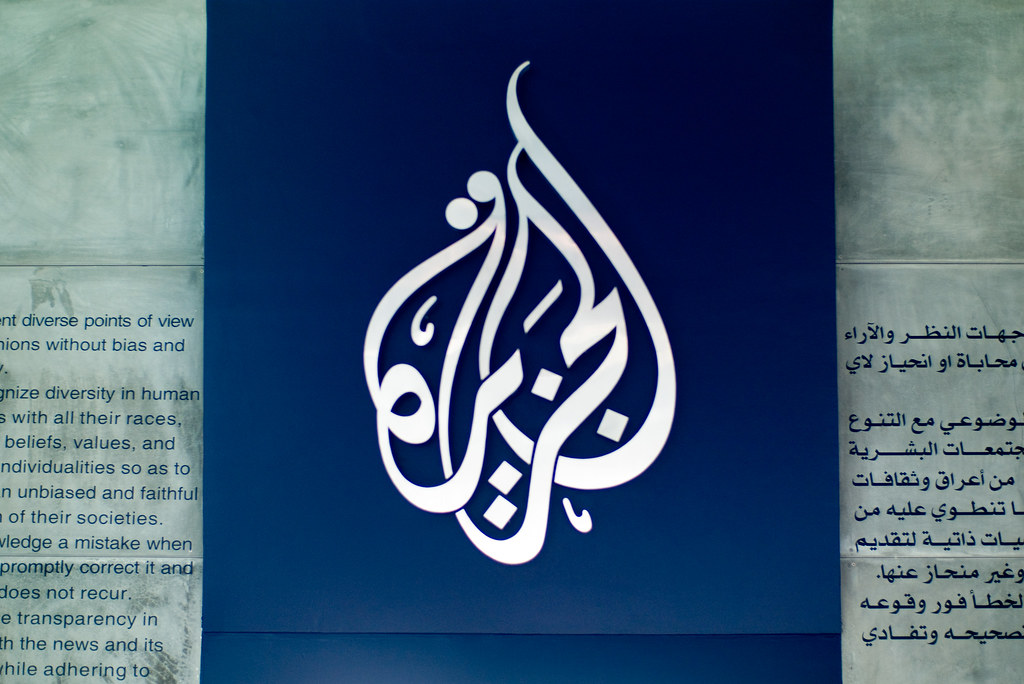
On October 7, 2023, Hamas launched a shocking attack on an Israeli music festival, resulting in the deaths of over 1,400 civilians during the initial assaults and the capture of more than 250 hostages. This unprecedented act of violence drew international attention and condemnation. Israel, which has long relied on the support of its allies and its Iron Dome defense system, faced intense scrutiny for its apparent failure to heed warnings from Hamas leaders in the days leading up to the attack. In the aftermath, Israel demanded accountability for the attacks, and there were widespread calls from around the globe for its reaction to be measured and proportional, emphasizing the need to avoid further escalation of violence.
In the days that followed, social media platforms became a critical stage for live streams documenting the devastation in Palestine. These platforms have dramatically transformed the landscape of war, allowing viewers worldwide to witness real-time moments as ordinary people receive evacuation warnings, dig through rubble, or mourn their loved ones lost to the violence. The immediacy of these broadcasts contrasts sharply with traditional media coverage, providing a raw and unfiltered glimpse into the human cost of conflict, through the eyes of the victims, witnesses, and perpetrators. Israeli soldiers, emboldened by a sense of impunity, have shared their actions on these platforms, marking this as the first genocide to be live-streamed.
This phenomenon raises profound ethical questions about desensitization to violence and the normalization of brutality in modern warfare. As influencers and viewers engage with this content, they are compelled to confront the implications of their consumption—specifically, how the framing of these narratives shapes perceptions of guilt, innocence, and the broader complexities of the Israeli-Palestinian conflict. In an increasingly digital world, the stories emerging from these platforms challenge prevailing narratives, urging audiences to face uncomfortable truths about accountability, representation, and the human experience during wartime. This shift also places unprecedented pressure on governments to reckon with their actions.
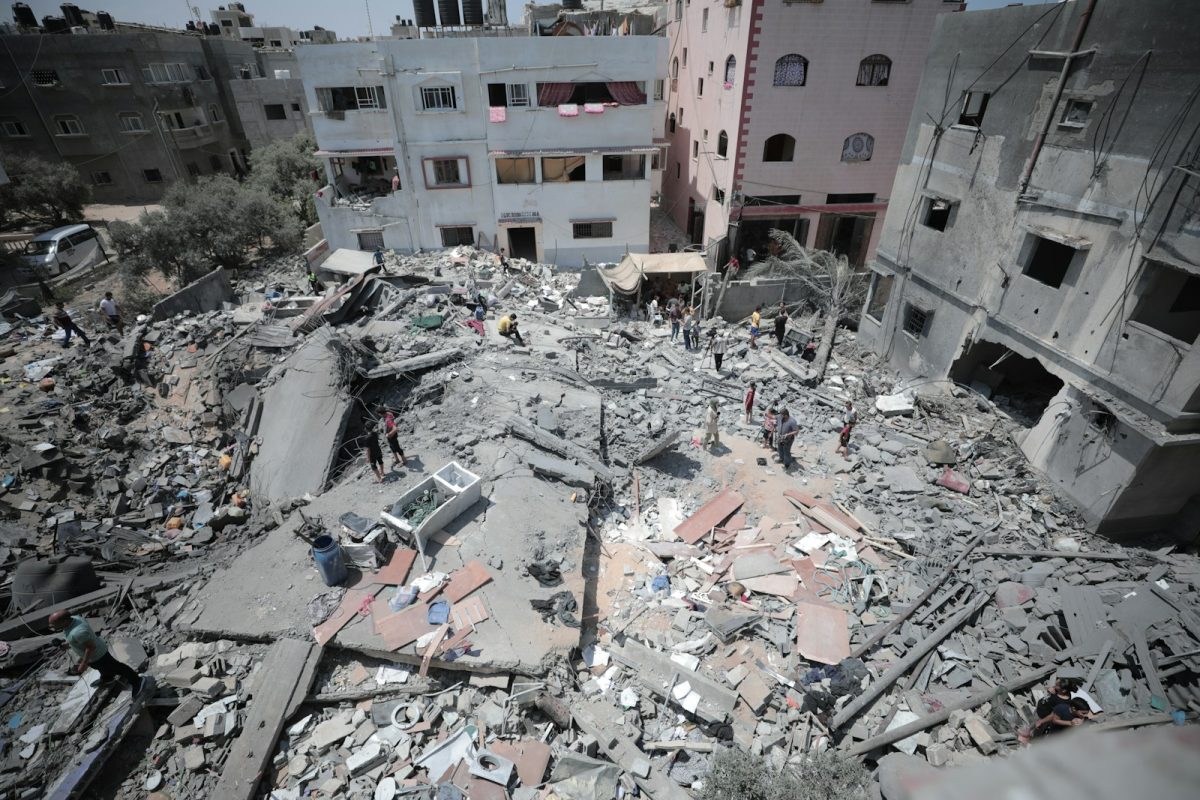
Al Jazeera’s International Humanitarian Law expert, Rodney Dixon KC, expressed his astonishment, stating, “I continue to be shocked that the IDF allows its soldiers to take their phones into battle, but I am glad they do.” These images will only aid in holding perpetrators accountable. The videos shared on social media depict troubling scenes, such as identified IDF soldiers dressing in Palestinian women’s undergarments and proudly showcasing the destruction of uninhabited neighborhoods—actions that directly violate humanitarian law. Dixon emphasizes that civilian life—along with access to resources, homes, and personal safety—should be protected at all times. International law mandates that if war must occur, every effort should be made to safeguard these institutions, ensuring that residents can return to their homes and lives as swiftly as possible. Recent reports from the United Nations indicate that over 70,000 residential buildings have been destroyed in Gaza, representing approximately 46% of all residential structures.
Protecting civilian life should be at the forefront of the IDF’s mission; however, civilians are often labeled as “undesirables” and mocked at every opportunity. While Hamas has repeatedly been accused of using its citizens as human shields to further its military operations, the IDF has shared over 2,500 videos on social media depicting Palestinian men strapped to the roofs of tanks and children being used to deter hostile actions. This dehumanization raises significant ethical concerns and undermines the principles of distinction and proportionality in warfare. Such troubling behaviors mirror the very tactics for which Israel condemns Hamas, highlighting a disturbing cycle of violence and retaliation.
Despite the obligations military forces have to protect civilians, the IDF’s actions often suggest a “scorched earth” policy. The “neighbor procedure” exemplifies this troubling approach: the IDF may use a civilian to approach a neighbor’s house to encourage compliance, effectively placing them in harm’s way. Such tactics directly violate international law and indicate that the IDF is, in fact, employing civilians as “human shields.” Conversely, while Hamas also uses social media to communicate its narrative, none of their videos demonstrate the behaviors they are accused of.
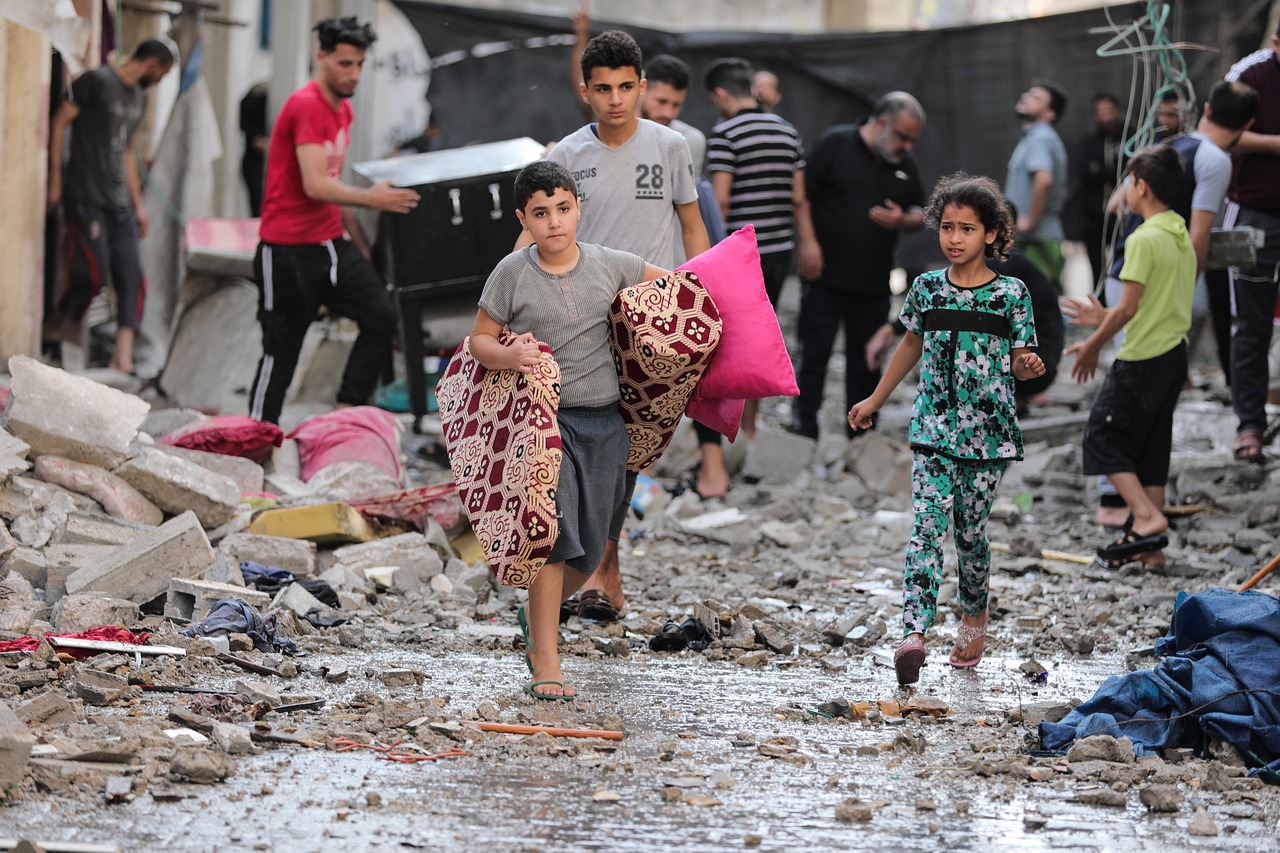
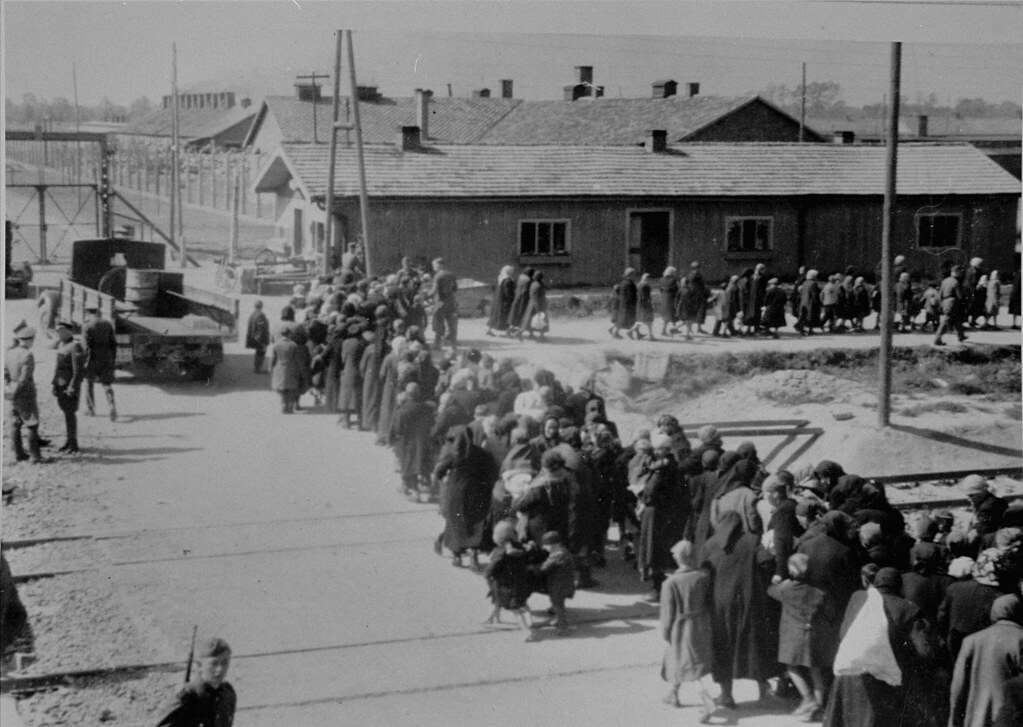
As civilians are constantly displaced and forced to relocate under conditions reminiscent of the “death marches” of WWII, they carry their belongings from one destination to another—men, women, and children alike. Stripped of their dignity and agency, they often find themselves herded like cattle, not allowed to stop, look left or right, or pick up anything they left behind. This journey sometimes stretches for hours, with their hands raised in the air, displaying white flags and their identification as ordered by the IDF.
The psychological toll of such forced movement is immeasurable; families are torn apart, and individuals are left to grapple with the trauma of sudden displacement. International humanitarian law emphasizes the need for humanity in times of conflict—an expectation that the IDF is clearly denying those under its command. This situation suggests either a lack of discipline or a failure in leadership within the ranks of the IDF; either way, the individual at the helm remains responsible for the actions and decisions that lead to such inhumane treatment. Yet, amidst this brutality, the resilience of those affected stands in stark contrast to their circumstances, highlighting their unwavering spirit in the face of adversity.
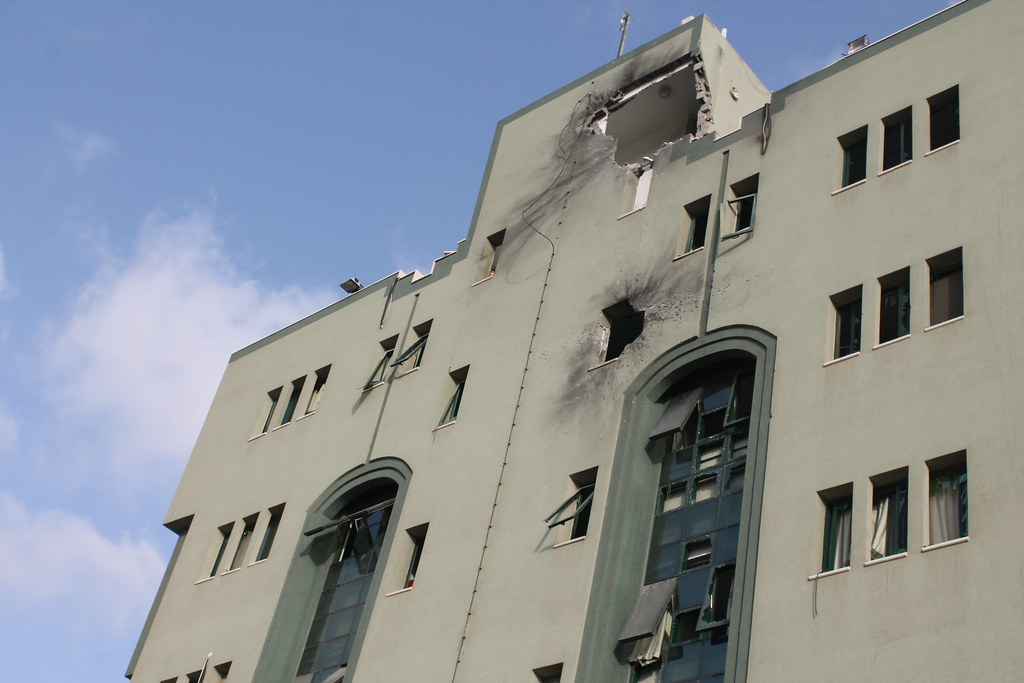
Humanitarian aid workers and journalists have suffered significantly due to the IDF’s refusal to adhere to international law. The Fourth Geneva Convention, United Nations Security Council Resolution 1502, and International Humanitarian Law all mandate protections for these individuals operating in combat zones and civilian areas. However, journalists often find themselves forced to evacuate their homes due to escalating threats, facing targeted attacks from snipers that undermine their ability to report truthfully on the ground. Similarly, humanitarian aid shipments have been bombed, despite the IDF’s knowledge of their exact coordinates.
Hospitals and schools are also protected under international law, yet reports indicate that every hospital in Gaza has been attacked and closed at some point during the conflict. The deliberate destruction of medical equipment by the IDF reveals a troubling strategy aimed at eliminating rather than deterring violence. For instance, the al-Ahli Arab Hospital in Gaza City was struck by an explosion on October 17, 2023, resulting in nearly 500 casualties and further compounding the humanitarian crisis.
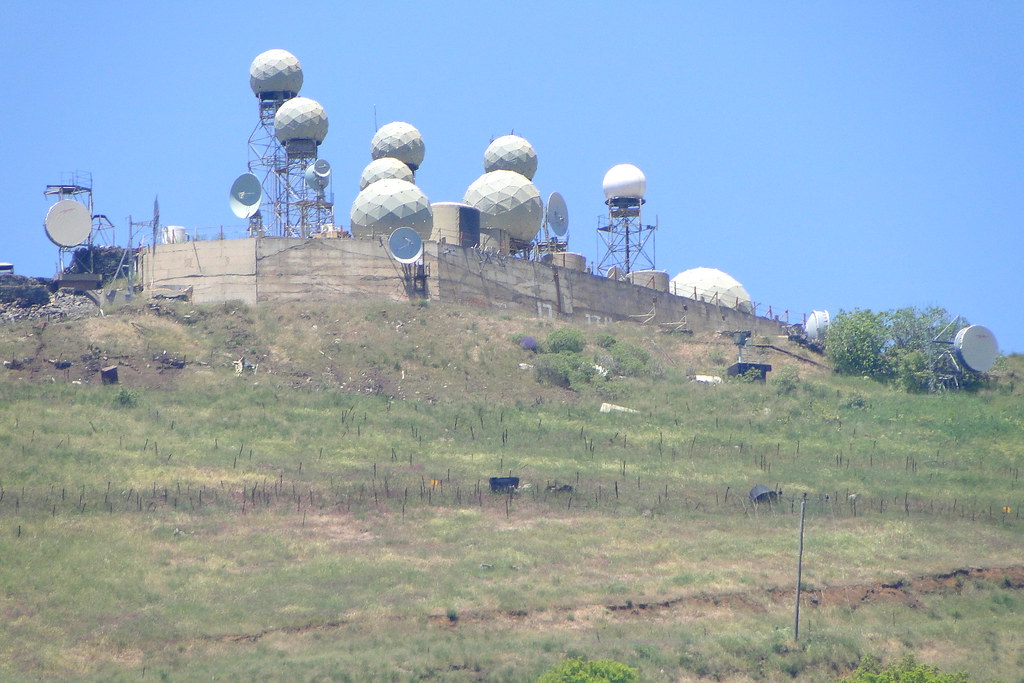
Aiding in their military operations, the Israeli government has developed programs that serve to further its operational goals. One such initiative, “Where’s Daddy?” (in Hebrew, “איפה אבא?”), was created by the Israeli tech company Tactile, led by founder and CEO Aviv Koren. Originally intended to locate missing individuals during the ongoing conflict, reports indicate that the program has evolved into a sophisticated targeting tool for the IDF. The name poignantly reflects the reality that many of the targets are fathers, often in their homes. According to reports, these targets receive alerts on their devices, prompting their children to ask, “Where is Daddy?” just moments before the IDF strikes. This program has been designed to maintain a “tempo of killing” that is unsustainable by human operators alone, raising alarming ethical questions about the dehumanization inherent in such technology.
Historical parallels can be drawn to World War II, where gas chambers were implemented for similar reasons—aimed at shielding perpetrators from psychological harm while enabling mass killings. The situation as it stands underscores the IDF’s apparent disregard for civilian life, revealing systematic attacks on civilians, humanitarian aid workers, medical officials, and journalists—actions that can be considered defining factors of genocide.
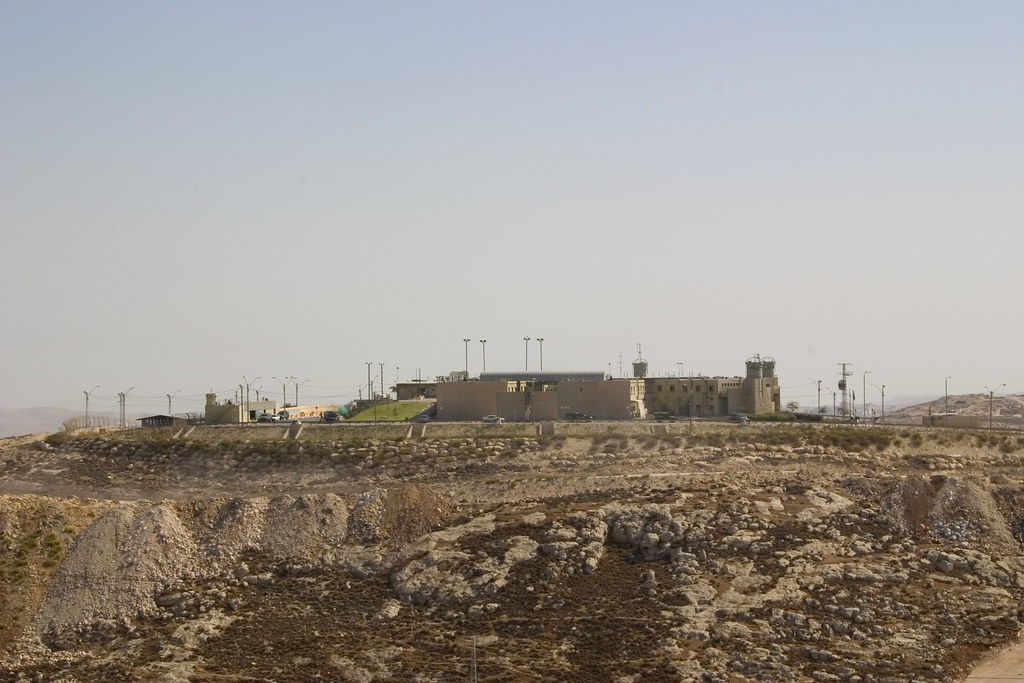
The conditions for prisoners and detainees are far worse than those of civilians, reflecting a systemic neglect of human rights that raises profound ethical concerns. In facilities that evoke memories of historical atrocities, such as Auschwitz, prisoners are subjected to inhumane treatment. They are forced to sleep on metal beds in overcrowded barracks devoid of mattresses, enduring harsh conditions that compromise their health and dignity. This environment fosters a pervasive climate of fear and despair, where individuals live under the constant threat of violence and degradation. Reports indicate that detainees face not only physical abuse but also extreme forms of torture, including beatings and starvation. These brutal practices are part of a broader pattern of systemic mistreatment that dehumanizes individuals and strips them of their basic rights. One particularly shocking incident involved a prisoner allegedly being sodomized by a dog.
Among the most notorious of these facilities is the Sde Teiman detention camp, located in the desolate expanse of the Negev Desert. This camp has gained a grim reputation, with many prisoners referring to it as a place of ‘revenge’ for Israelis. Primarily holding individuals arrested for “security-related” offenses, including “suspected militants.” Sde Teiman has become synonymous with suffering and hopelessness. Survivors consistently report experiences of overcrowding, inadequate medical care, and egregious mistreatment by prison staff, further exacerbating the psychological and physical toll on detainees.
Human rights organizations have extensively documented instances of abuse, asserting that detainees are frequently subjected to conditions that violate international standards for humane treatment. These reports outline a wide range of violations, including neglect of medical needs and the use of psychological manipulation as a form of torture. Convinced of their impunity, the IDF continues to film these atrocities, further compounding the concerns about accountability and oversight.
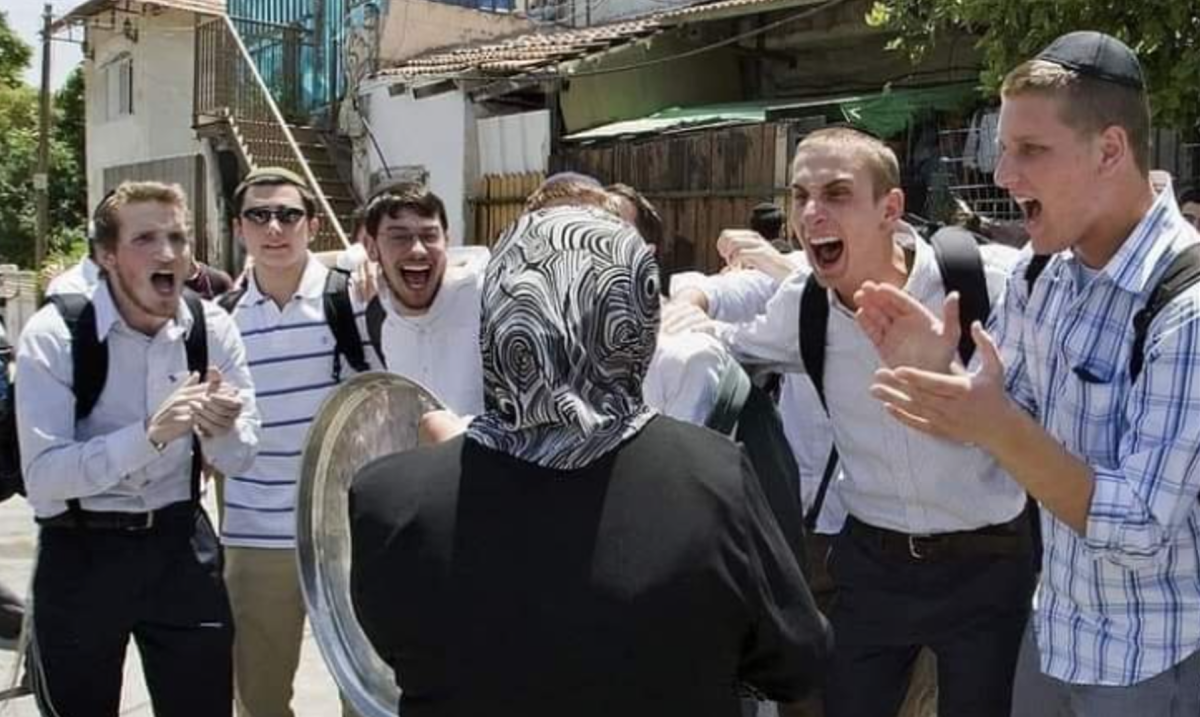
The lack of empathy appears to extend beyond the IDF, permeating Israeli society like a malignant force that influences attitudes and behaviors at multiple levels. Videos circulating on social media depict Israelis dancing and singing slogans such as “Let your villages burn,” showcasing a troubling normalization of violence and hostility that many find deeply disturbing. These instances are not isolated; they reflect a broader cultural shift where aggressive rhetoric and celebratory displays of animosity toward Palestinians have become more commonplace.
A disturbing TikTok trend has shown some Israelis dressing up as Palestinians, using costumes to mock their suffering, framing the dire conditions faced by Palestinians as exaggerated or undeserved and reducing their struggles to mere entertainment for others. This behavior reveals a troubling belief among some Israelis in their own “omnipotence,” leading to alarming declarations like, “Not a memory will be left of them.” These expressions of hostility and indifference may indicate deeper psychological issues within segments of Israeli society, including traits like narcissism, dehumanization, and a diminished capacity for empathy. These characteristics resonate unsettlingly with the behaviors exhibited by members of the Third Reich during the Nuremberg Trials, who rationalized their actions through a lens of superiority and entitlement.
While the actions of these civilians may not constitute direct violations of humanitarian law, they are symptomatic of a troubling groupthink that persists in various segments of Israeli culture. This mindset not only serves to dehumanize Palestinians but also fosters an environment in which violence is trivialized, justified, and even celebrated. The implications of such attitudes extend far beyond individual actions; they contribute to a societal narrative that perpetuates conflict and deepens divisions, undermining the prospects for peace and coexistence.
As of today, it is estimated that 10% of the Palestinian population has been lost, a staggering figure that underscores the devastating impact of the ongoing conflict. Official numbers indicate over 40,000 deaths, with many individuals remaining unaccounted for amid the rubble of destroyed homes and infrastructure. The humanitarian crisis in the region is further compounded by reports of over 96,000 injuries, leaving countless families grappling with both physical and psychological scars.
In contrast, Israel has suffered 346 casualties in the conflict, alongside more than 10,000 injuries. Notably, 35% of these injuries are related to mental trauma, highlighting the psychological toll that conflict inflicts on all affected populations. This disparity reveals a stark contrast in the scale of human loss and suffering between the two sides. While every life lost is a tragedy, the numbers reflect a profound imbalance that continues to fuel tensions and exacerbate the humanitarian crisis. The consequences of these statistics extend far beyond mere numbers; they represent lives interrupted, families shattered, and communities irrevocably changed.
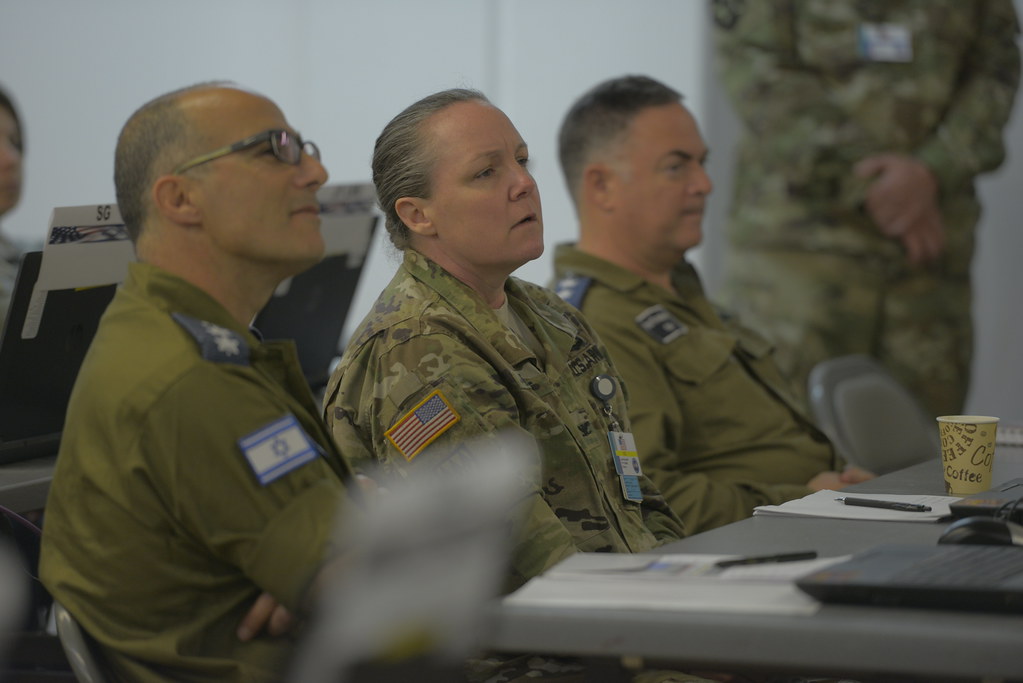
Reuters has recently revealed that the American government and other Western allies have been aware of potential human rights violations, despite their public denials. A series of emails exchanged among White House staff clearly document these atrocities and the concerns surrounding them. Western allies understood that Israel was not only violating international human rights laws but would also continue to receive financial support. Former U.S. official Stacy Gilbert, who resigned in protest over the government’s willingness to cover up Israeli human rights offenses, stated that American officials were aware of and actively participated in obstructing aid to Palestine.
Meanwhile, the United Kingdom’s Royal Air Force (RAF) has stationed itself in Cyprus, ostensibly to support ongoing military operations in the region. Despite the fact that only two British citizens are reported to be held hostage, the RAF has conducted thousands of undocumented flight hours across Israeli airspace. This extensive aerial activity raises significant questions about the true nature and scope of the UK’s military involvement in the Israeli-Palestinian conflict. Such operations not only underscore the UK’s strategic interests in the region but also highlight a troubling discrepancy between the official narratives presented to the public and the realities on the ground.
Complicity extends beyond the actions of governments directly involved in perpetrating atrocities; it encompasses the indifference and passivity of those who witness these events without taking a stand. This unsettling reality serves as a stark reminder that challenging powerful entities can carry severe repercussions, often leaving individuals with little hope for meaningful intervention from the global community. The consequences of such complicity are profound, potentially implicating not just those who actively participate in the violence, but also those who provide support or turn a blind eye.
The implications are especially grave for nations and organizations that continue to supply arms and resources to Israel while fully aware of the human rights violations taking place. As highlighted by Al Jazeera, this complicity at an international level raises urgent questions about ethical responsibility and accountability. If a country knowingly aids a state engaged in violations of humanitarian law, it becomes an accessory to those crimes, sharing in the moral burden of the atrocities.
This dynamic fosters an environment where the line between complicity and culpability blurs, challenging the very foundations of international law and human rights. The silence or inaction of the global community not only emboldens those committing the violations but also diminishes the prospects for justice and accountability for the victims. It becomes imperative for individuals, civil society, and nations to confront this complicity and demand accountability, lest the cycle of violence and indifference continue unchecked.
Social media has profoundly altered the landscape of war, transforming how we witness and respond to human rights abuses. Governments that once evaded accountability for their actions are now increasingly under scrutiny. While technology has enabled the pursuit of violence, it has also empowered individuals to expose the truth. As reports of atrocities fill newspapers around the world, Palestinians, journalists, influencers, human rights activists, and doctors—those standing in solidarity with the Palestinian people during this harrowing chapter—are confronted with overwhelming evidence of starvation, death, and the relentless destruction of their homeland. They find themselves asking: Why doesn’t the world care? Why are the freedoms of the children of Palestine and Iran not demanded with the same urgency as those in other parts of the globe? As they share their stories on platforms like TikTok and Instagram, they pose a poignant question: “Is justice only for the white man?”





